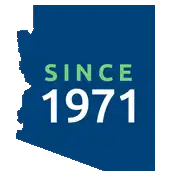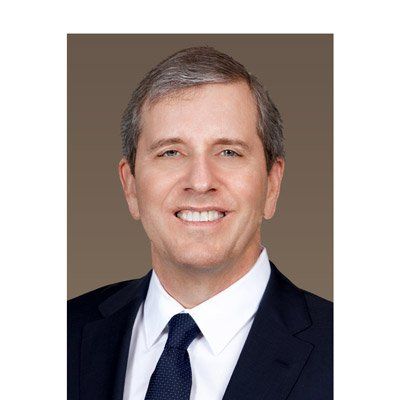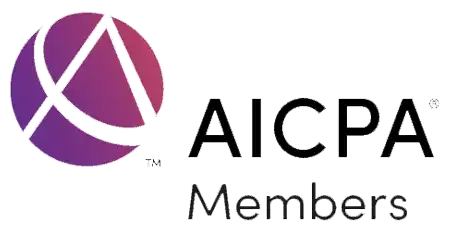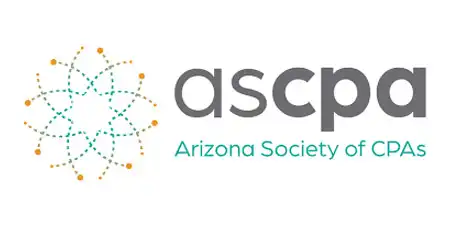CARES Act Funding for Tribal Governments
Ken Mason • May 13, 2020
The sheer size of the Coronavirus Relief Fund will have a significant impact on major fund determination for many Tribes’ audited financial statements.
The federal CARES Act* enacted on March 27, 2020, provides funding to be directed to Tribal governments from a number of Federal agencies.
As of this writing, we have tracked the following sample of new contracts, contract modifications and relief funding available to our clients:
- Indian Self Determination Contracts with the Indian Health Service (IHS contract modifications)
- Indian Self Determination Contracts with the Bureau of Indian Affairs (BIA contract modifications)
- CARES Act for Nutrition Services for Native American Programs under Title VI of the OAA (new formula grant from HHS)
- Child Care Supplemental Funds (discretionary funding from HHS)
- FEMA Public Assistance (PA) Program (must be applied for pursuant to an emergency declaration by Tribes that have an Emergency Plan)
- Public Health Emergency Preparedness – COVID-19 (amendment to an Intergovernmental Agreement with a State Health Department)
- the Coronavirus Relief Fund, which began distributing the first $4.8 billion in early May 2020.
SEE ALSO
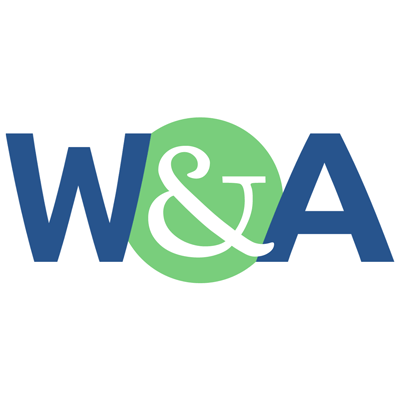
Government entities that received funding from the Coronavirus State and Local Recovery Funds (SLFRF) program may just be learning about a very important deadline that is the topic of this alert. The final rule offers a standard allowance for revenue loss of $10 million, allowing recipients to select between a standard amount of revenue loss or complete a full revenue loss calculation. Recipients that select the standard allowance may use that amount – in many cases their full award – for government services, with streamlined reporting requirements.

In June 2017, the Governmental Accounting Standards Board (GASB) issued “Statement No. 87 – Leases” (GASB 87). GASB 87’s objectives are to enhance the information needs of financial statement users by improving how governments report leases; enhancing the comparability of financial statements between governments; and improving the relevance, reliability, and consistency of information about governments’ leasing activities.
Restricted Funds
All of the above funds are restricted as to time and purpose. In other words, they must be expended within certain periods of availability (time restriction) for purposes that are identified in the award documents. The Coronavirus Relief Fund will typically be the largest dollar amount and cites allowability provisions in the CARES Act, so let’s use it as an example by quoting from the Guidance for State, Territorial, Local, and Tribal Governments dated April 22, 2020.
“The CARES Act provides that payments from the Fund may only be used to cover costs that—
- are necessary expenditures incurred due to the public health emergency with respect to the Coronavirus Disease 2019 (COVID–19);
- were not accounted for in the budget most recently approved as of March 27, 2020 (the date of enactment of the CARES Act) for the State or government; and
- were incurred during the period that begins on March 1, 2020, and ends on December 30, 2020.”
The guidance goes on to state that the funds are explicitly not for revenue replacement. This provision is highly likely to be challenged by Tribes and their advocates, but we advise Tribes to perform their planning activities in accordance with the guidance that is currently in effect.
Broadly stated, the eligible expenditures include COVID-19-related:
- Medical expenses
- Public health expenses
- Payroll expenses for “front line” personnel
- Expenses of actions to facilitate compliance with COVID-19-related public health measures (this item is interesting because it includes telecommunications and technology, which merit further discussion in a future article)
- Expenses associated with the provision of economic support in connection with the COVID-19 public health emergency
- Any other COVID-19-related expenses reasonably necessary to the function of government that satisfy the Fund’s eligibility criteria.
Tribes will need to study carefully the terms and conditions of the award documents for the grants and contracts other than the Coronavirus Relief Fund. We are working with Tribal personnel to develop a matrix that will bring together the time restrictions and purpose restrictions so they can effectively prioritize which funds they will use first for which purposes. There is considerable overlap in allowable activities from the different funding sources, which calls for thoughtful planning.
Action Items
We recommend that Tribes form interdisciplinary task forces to facilitate and coordinate their planning efforts. Tribal Executives, Administration, public health professionals, public safety personnel, human services, human resources and finance leaders all have roles to play in planning the following activities:
- Assess the needs of the Tribal government, businesses and community members that arise from the public health emergency and the likely “new normal”
- Develop approaches and first steps for addressing these needs
- Set priorities and timelines
- Develop budget estimates (high, low and probable)
- Identify the funding sources to be used for each planned activity, taking into consideration the eligible purposes and time restrictions of each funding source.
Accountability
Tribes are asking us for advice on how to track these funds. When we saw the initial funding come in from IHS, we thought about how Tribes can best demonstrate accountability by structuring the funding in their charts of accounts. The major objectives in our view are:
- Prepare the required Federal Financial Reports (SF-425 or other) or financial reports to pass-through entities such as States
- Properly report the funds in the audited financial statements
- Prepare an accurate Schedule of Expenditures of Federal Awards (SEFA)
- Equip Tribal Councils to provide to their Tribal members financial reporting that ties together all of the funding streams related to COVID-19 response.
We developed this simple “decision tree” for guidance in implementing COVID-19 funds in their charts of accounts:
Fund
- A new award should be assigned a new fund number.
- A contract modification should be added to the existing fund.
Department
- If a Tribe has a program or project segment in its chart of accounts, then the funds can be assigned to the departments that are responsible for administering the funds.
- Otherwise, we recommend creating a unique COVID-19 Response department that is used across the organization in all funds.
Program or Project
- We recommend creating a unique COVID-19 Response program or project that is used by all departments across the organization in all funds.
The Great Unknown
As of this writing, no one knows if the Coronavirus Relief Fund will be assigned a number in the Catalog of Federal Domestic Assistance (CFDA). When deciding on a fund number, we believe the safest approach is to assume that the Fund will eventually have a CFDA number and be reported on the SEFA. If that does not come to pass, no harm done.
What we do know is that the sheer size of the Fund will have a significant impact on major fund determination for many Tribes’ audited financial statements. It will be important for financial statement preparers to consider qualitative and quantitative criteria when we are developing the structure for Fiscal Year 2020 financial statements because we also need to look forward to Fiscal Year 2021 and beyond.
Closing Thoughts
It seems surreal to write an article about technical accounting issues during a global pandemic. We are all living in a reality that hardly anyone but the most imaginative science fiction writer could have postulated. We are all navigating uncharted waters as best we can. It is being said over and over but it bears repeating ... we are all in this together. We pray for the good health, safety and general well-being of our colleagues in the accounting industry, our clients and, most of all, the Tribal community members who we all serve.
*Coronavirus Aid, Relief, and Economic Security Act.
Ken Mason
Photo By: John Doe
Button
